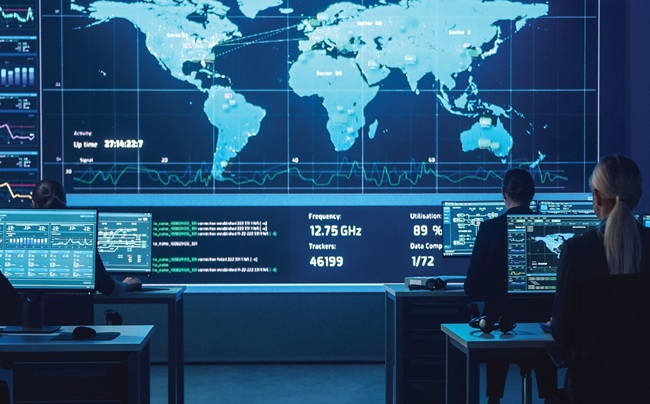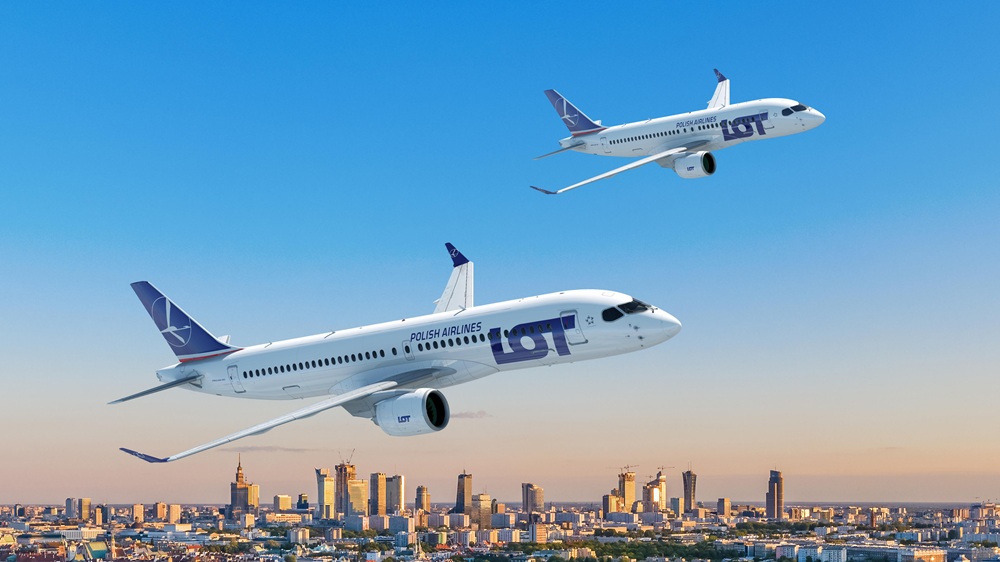India’s Gaganyaan mission is surging toward a historic milestone, with 85% of its research now completed and uncrewed test flights set for December 2025. Anchored by the AI-powered half-humanoid Vyommitra, ISRO’s ambitious programme represents a giant leap for India’s capabilities in human spaceflight, global collaboration, and advanced technologies like AI, cryogenic propulsion, and astronaut training. On Friday, Indian Space Research Organisation Chairman Dr. V. Narayanan provided a panoramic view of the mission’s status, technological strides, and its profound implications for India’s role in the global space community in the southern city of Coimbatore in Tamil Nadu.
85% Milestone: Gaganyaan’s Journey So Far

Dr. V. Narayanan recently disclosed at the National Innovators Conclave in Coimbatore that research work for Gaganyaan is 85% complete, with the remainder advancing on schedule. This rapid progress paves the way for the December 2025 uncrewed test flight. Dr. Narayanan emphasized that crew selection is expanding, with four astronauts already chosen and more in the pipeline per the Prime Minister’s directive.
ISRO’s vision is not limited to near-term launches—the agency aims to establish a national space station by 2035 and accomplish a lunar landing and safe return by 2040. As Dr. Narayanan remarked, these objectives dovetail with India’s transformation from technology recipients to innovators, particularly in cryogenic engine development. Countries that once denied this technology to India inadvertently spurred a journey toward indigenous capabilities; India now counts itself among the world’s six nations boasting such engines.
Vyommitra: India’s AI Ambassador to Orbit
At the heart of the imminent Gaganyaan G1 mission is Vyommitra—a groundbreaking AI-enabled, half-humanoid robot. Scheduled to fly aboard December’s uncrewed test, Vyommitra will serve as a surrogate astronaut, monitoring spacecraft systems, environmental parameters, and simulating human physiological responses in microgravity.
“Vyommitra is engineered to mimic a human’s upper body functions,” noted Dr. Narayanan, “performing tasks such as speech, environmental monitoring, operating switch panels, and interacting with ground control.” Her sensory suite registers temperature, pressure, humidity, and CO2 levels, providing scientists with vital operational data. This data will inform ISRO’s safety protocols, mission planning, and future crewed missions, thereby anchoring Vyommitra as both a technological marvel and a stepping stone for Indian astronauts.
December Test: A Crucial Proving Ground
The G1 mission—India’s first uncrewed Gaganyaan test—is slated for December 2025 and will mark a seismic shift in Indian and global space history. Vyommitra’s participation enables ISRO to test life-support and avionics systems under real mission conditions, simulate in-orbit emergencies, and validate crew escape protocols. Nine parachutes will ensure a safe splashdown, and astronaut training is being updated with direct insights from recent international missions, including those of Group Captain Shubhanshu Shukla.
Advanced debriefings with astronauts are yielding crucial input for final spacecraft tweaks, training modules, and mission safety adaptations. “The new design and operational changes we implement today are based on the latest global spaceflight experience,” confirmed Dr. Narayanan, highlighting the agency’s agile integration of emerging best practices.
From Cryogenic Engines to International Partnerships
Dr. Narayanan’s remark at the Conclave also underlined ISRO’s strategic and technological self-reliance after decades of international embargoes. Recent successful tests of homegrown cryogenic engines attest to how adversity fuelled local innovation, broadening India’s technological foundation for both civilian and strategic applications.
The Gaganyaan mission’s collaborations extend to India’s Defence Research and Development Organisation (DRDO), the Air Force, Navy, and international partners. The successful Integrated Air Drop Test, a joint exercise involving multiple agencies, demonstrates the ecosystem approach behind India’s human spaceflight aspirations. Such projects are forging inter-agency expertise that feeds into national security, disaster management, and global scientific discovery.
Gaganyaan’s Astronauts: Training for the Indian Odyssey
ISRO has already selected four astronauts, or “Gaganyatris,” who are advancing through a rigorous program that includes technical, physical, and medical assessments. The training incorporates operational lessons from global missions and is tailored at ISRO’s Human Space Flight Centre, the locus for technical, psychological, and teamwork readiness.
In line with the Prime Minister’s request, selection for additional astronauts is underway. This strategic pipeline ensures operational resilience and cultivates a new generation of specialists vital to long-term space goals.
Indian Space Station, Lunar Aspirations, and Economic Implications
Gaganyaan is a linchpin in ISRO’s larger cosmic strategy. The agency aims to orbit its own space station (Bharatiya Antariksha Station, or BAS) by 2035, enabling cutting-edge research in pharmaceuticals, health, biotech, and agriculture, while positioning India as a key player in international collaborations.
A manned lunar landing and safe return by 2040 is also on the horizon—a vision underpinned by the incremental expertise gained through Gaganyaan. These long-term goals align with India’s broader drive for scientific progress, global engagement, and the development of a skilled domestic workforce.
Satellite demand offers an economic kicker: ISRO’s launch history (133 satellites in 50 years) is dwarfed by the project need for 155 more satellites over just the next three years. This surge presents major business opportunities, and industry leaders are actively encouraging private investment and innovation within India’s space ecosystem.
A notable highlight from Dr. Narayanan was ISRO’s emphasis on including women in pivotal roles. India’s expanding cadre of female scientists stands as a testament to the agency’s commitment to diversity and inclusive national innovation.
Final Countdown: December 2025 and Beyond
The Gaganyaan G1 uncrewed mission set for December 2025 is far more than a technical rehearsal; it embodies India’s growing ambitions as a spacefaring nation, integrates the fruits of decades of indigenous innovation, and leverages new insights from ongoing international missions. As Dr. Narayanan underscored, “India’s future in space rests upon the twin pillars of self-reliance and global engagement.”
Gaganyaan is not merely a technology programme but a symbol of what India can achieve when vision, adversity, and collective expertise are harnessed for a higher calling. As the December countdown commences, all eyes now turn to Vyommitra and the Indian teams who promise to shape the next epoch in space exploration from Indian soil.





